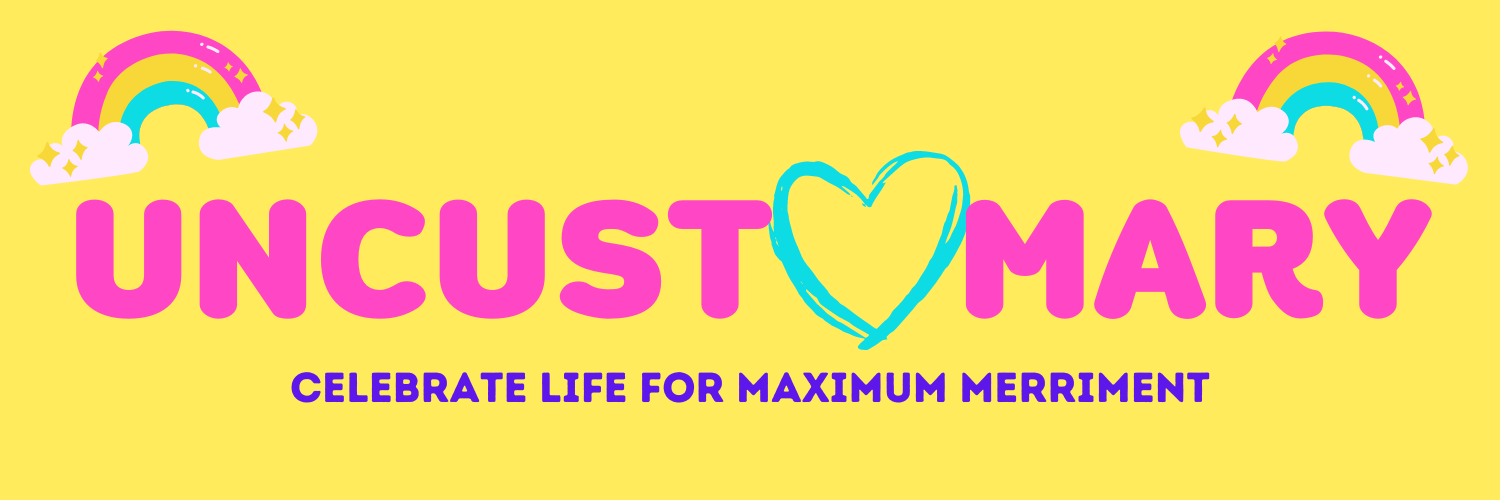An AI character chatbot is a conversational agent you shape into a persona—funny barista, calm coach, fantasy guide, study buddy, you name it. Instead of a single “generic bot,” you pick (or design) a character with a voice, values, boundaries, and goals. Platforms like the Joi Characters gallery (joi.com/characters) organize these personas so you can jump in fast or build your own from scratch.
Below is a practical, non-technical guide: what to expect, how to configure a great character, and where these chatbots shine in everyday life.
What makes a “character” different from a normal chatbot?
- Persistent personality: It keeps a consistent tone (witty, caring, confident, nerdy) across sessions.
- Memory for context: Inside jokes, preferences, and routines carry over so it feels like an ongoing relationship.
- Configurable boundaries: You define what’s in or out of scope, set a safeword/stop word, and choose how the bot handles sensitive topics.
- Scene awareness: You can set a setting (“bookstore banter,” “morning accountability,” “creative brainstorming”) to steer the vibe without micromanaging.
Quick benefits
- Clarity & confidence: Practice asking for what you need (slower pace, clearer steps, kinder wording) in a low-stakes space.
- Focus & routines: Characters can act like friendly project managers for daily check-ins, habit tracking, or pomodoro sessions.
- Creativity on tap: Worldbuilding, dialogue polish, plot prompts, character arcs—great for writers and role-players.
- Emotional scaffolding: Gentle debriefs, perspective shifts, and reframing when you’re stressed (not a substitute for therapy).
Core features to look for
| Feature | Why it matters | Pro tip |
| Tone presets | Prevents personality whiplash | Start “warm, concise, practical”; adjust live with plain commands (“softer,” “more playful”) |
| Memory & notes | Builds continuity | Keep a short “About me” note the bot can reference |
| Boundaries & filters | Comfort and safety | List hard/soft limits in simple language |
| Scene cards | Kills repetition | Rotate 3–5 settings (café, commute, night recap, weekend plan) |
| Tools & actions | Real utility | Timers, checklists, step-by-steps beat vague pep talks |
| Export & logs | Review progress | Save highlights or summaries for later |
A copy-ready setup (paste this as your first message)
System brief:
“You’re a supportive, witty companion. Keep replies concise, concrete, and kind. Ask before changing tone or pace. If I ramble, summarize and propose next steps.”
Boundaries:
“No explicit content. Avoid real-person likenesses. Respect opt-out words: ‘pause’ (slow/check-in), ‘stop’ (end).”
Working style:
“Default to: 1) clarify my goal, 2) propose a 3-step plan, 3) ask for approval, 4) track progress in a tiny checklist.”
Great everyday use cases
- Morning focus in 3 minutes
- Bot asks: top 3 priorities; blocks 2×25-minute focus sprints; sets one “nice-to-have.”
- You get a short recap at lunch and a two-line evening reflection.
- Creative partner
- Use “scene cards” like: cozy café brainstorming, train-ride reflections, post-concert debrief.
- Ask for 5 hooks, 3 alt endings, or a logline rewrite—fast iteration beats waiting for inspiration.
- Soft accountability
- Daily check-ins: water, steps, one admin chore.
- The character keeps tone friendly, not scolding; celebrates small wins.
- Social rehearsal
- Practice messages: apologies, asks, boundary-setting.
- Get 3 variants in different tones—warm, direct, diplomatic—and pick one.
Prompts that work beautifully
- “Give me 3 ways to say this boundary kindly, from soft to firm.”
- “Rewrite this paragraph to be shorter, same warmth, less fluff.”
- “Plan a 40-minute study block with two 90-second breaks; prompt me at each switch.”
- “Turn these notes into a 5-step checklist; ask for confirmation before each step.”
Keeping it fresh (and non-repetitive)
- Rotate scenes instead of topics only: bookstore aisle, rainy tram, sunny kitchen table.
- Seed callbacks: “Next time, ask about the playlist idea.”
- Change modality: sometimes outline → sometimes dialogue → sometimes bullet coaching.
- Use constraints: “Explain with a cooking metaphor,” or “No sentence over 12 words.”
Privacy & ethics in one breath
- Don’t share personal identifiers you wouldn’t put in an email.
- Use unique passwords and, if available, two-factor authentication.
- Stick to original characters—avoid requesting or imitating real people or celebrities.
- Remember: helpful for mood and productivity, but not medical, legal, or therapeutic advice.
Simple troubleshooting
- It’s too long-winded. Say: “Answer in 5 bullets, max 12 words each.”
- It goes off-tone. Say: “Reset tone: warm, concise, practical.”
- It repeats itself. Switch the scene, add a constraint, or request a numbered plan.
- It rushes. Add: “Ask before any change. Keep a slow pace unless invited.”
A 7-day starter plan
- Day 1: Define your brief + boundaries.
- Day 2: Morning priorities; 2 focus sprints.
- Day 3: Creativity: generate 10 hooks, pick 2 to refine.
- Day 4: Social rehearsal: one tricky message, 3 tone variants.
- Day 5: Admin day: checklist of five nagging tasks; celebrate two wins.
- Day 6: Weekly review: what worked, what dragged, what to drop.
- Day 7: Reset the brief with insights (shorter replies? different tone? new scenes?).
Bottom line
An AI character chatbot is less a gadget and more a script partner for your day: steady tone, clear boundaries, small rituals, and practical help. Configure it once with a tight brief, keep scenes rotating so it doesn’t loop, and let the best parts—clarity, momentum, and kinder self-talk—spill into real life.

